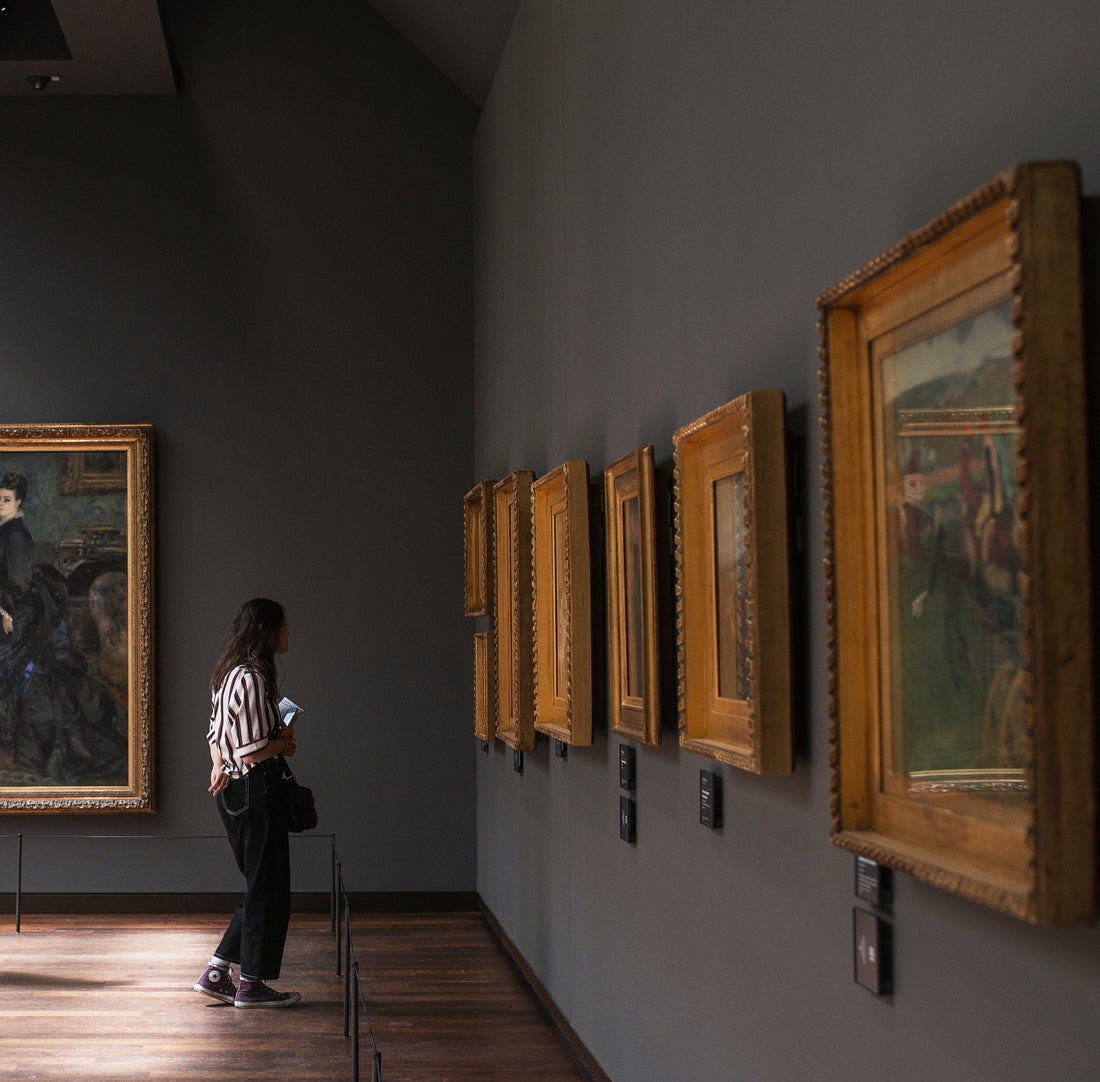
Beyond the Canvas: Why Investing in Fine Arts Makes Sense
Share
The world of investments often conjures images of stock tickers, real estate portfolios, and cryptocurrency charts. But there's a quieter, more aesthetically rich avenue that's been gaining traction: fine art. While it might seem like a pursuit for the elite, investing in fine arts offers a unique blend of passion, potential returns, and cultural enrichment that deserves a closer look.
More Than Just a Pretty Picture:
Investing in fine art isn't just about owning a beautiful piece; it's about acquiring a tangible asset with a history, a story, and often, a steadily appreciating value. Here's why it's worth considering:
- Diversification: In a volatile market, diversifying your portfolio is crucial. Fine art acts as a non-correlated asset, meaning its value isn't directly tied to traditional market fluctuations. This can provide a degree of stability and act as a hedge against inflation.
- Tangible Asset: Unlike digital investments, fine art is a physical object. You can see it, touch it, and enjoy it. This tangible nature offers a sense of security and ownership that intangible investments lack.
- Passion and Enjoyment: Investing in something you love adds a layer of personal satisfaction. Owning a piece of art that resonates with you can bring daily joy and enrich your life.
- Potential for Appreciation: Historically, fine art has shown significant appreciation over time, especially for works by established or emerging artists with growing reputations. While there's no guarantee of returns, the potential for substantial gains is real.
- Cultural and Historical Significance: Art is a reflection of its time, capturing cultural, social, and political shifts. Owning a piece of art means owning a piece of history.
- Exclusivity and Prestige: Owning a rare or unique artwork can be a symbol of status and exclusivity. It can also open doors to exclusive events and networks within the art world.
Navigating the Art Market:
Of course, investing in fine art isn't without its challenges. Here are some key considerations:
- Research and Due Diligence: Thorough research is essential. Understand the artist, the artwork's provenance, its condition, and its market value.
- Authentication and Appraisal: Ensuring the authenticity and value of an artwork is crucial. Work with reputable appraisers and experts.
- Storage and Insurance: Fine art requires proper storage and insurance to protect its value.
- Liquidity: Unlike stocks, fine art can be less liquid. Selling an artwork can take time and effort.
- Expert Advice: Consider working with art advisors, galleries, or auction houses to navigate the market.
Starting Your Art Investment Journey:
You don't need to be a millionaire to start investing in fine art. There are various avenues to explore:
- Emerging Artists: Investing in emerging artists can be a more affordable way to enter the market, with the potential for significant returns if the artist's career takes off.
- Prints and Limited Editions: High-quality prints and limited editions can be a good starting point for collectors on a budget.
- Online Platforms: Online platforms are making art more accessible, offering a wider range of options and price points.
- Art Fairs and Galleries: Visiting art fairs and galleries is a great way to discover new artists and learn about the market.
So, instead of thinking of it as "investing in fine art," think of it as "investing in beauty, in creativity, in a piece of human expression." It's about adding a little bit of soul to your portfolio, and maybe, just maybe, discovering a masterpiece along the way, it's a way to connect with creativity, history, and culture. While it requires careful consideration and research, the potential rewards, both financial and personal, can be significant. 
